Ultimate Guide to Bespoke Jewellery
There’s something undeniably special about bespoke jewellery. It’s not just an accessory but a wearable piece of art, a personal treasure that tells a unique story. The process of creating bespoke jewellery is as intricate and fascinating as the pieces themselves, blending creativity, craftsmanship, and expertise.
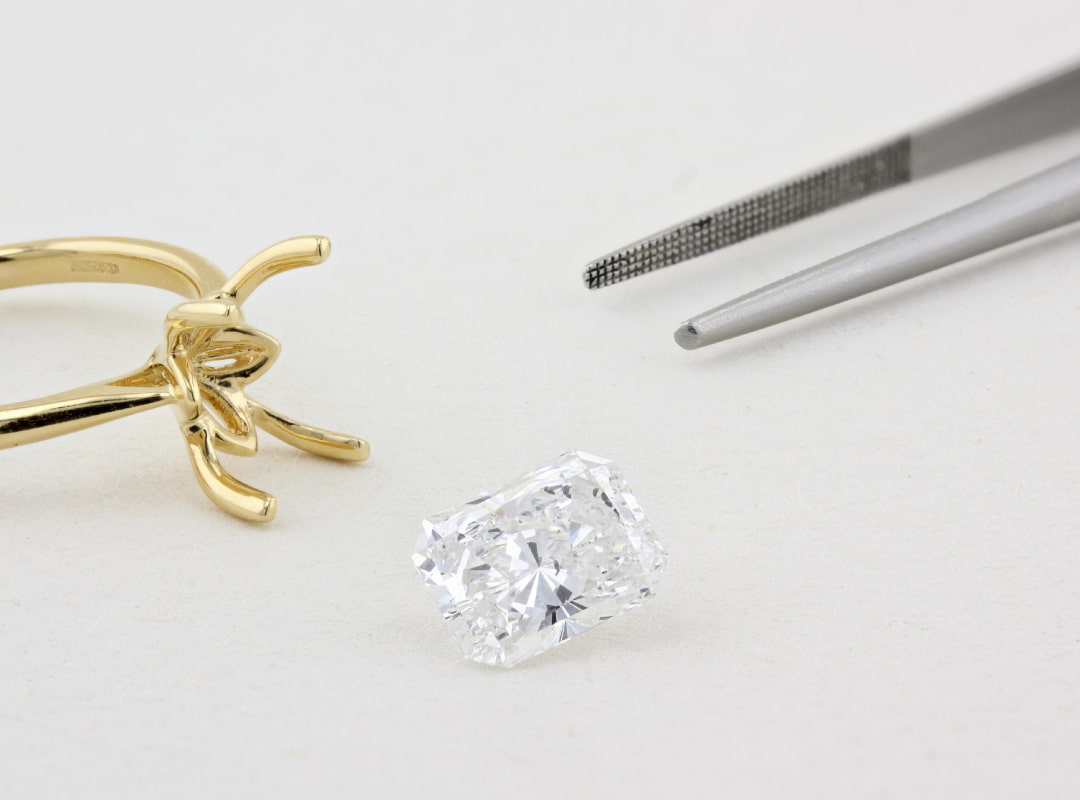
What “Bespoke” Means
The term “bespoke” refers to something custom-made, tailored specifically to your specifications and requirements. In the context of jewellery, it means having a piece designed and crafted uniquely for you.
A bespoke piece is the result of collaboration between you and a jeweller, ensuring it reflects your personal style, story, and vision.
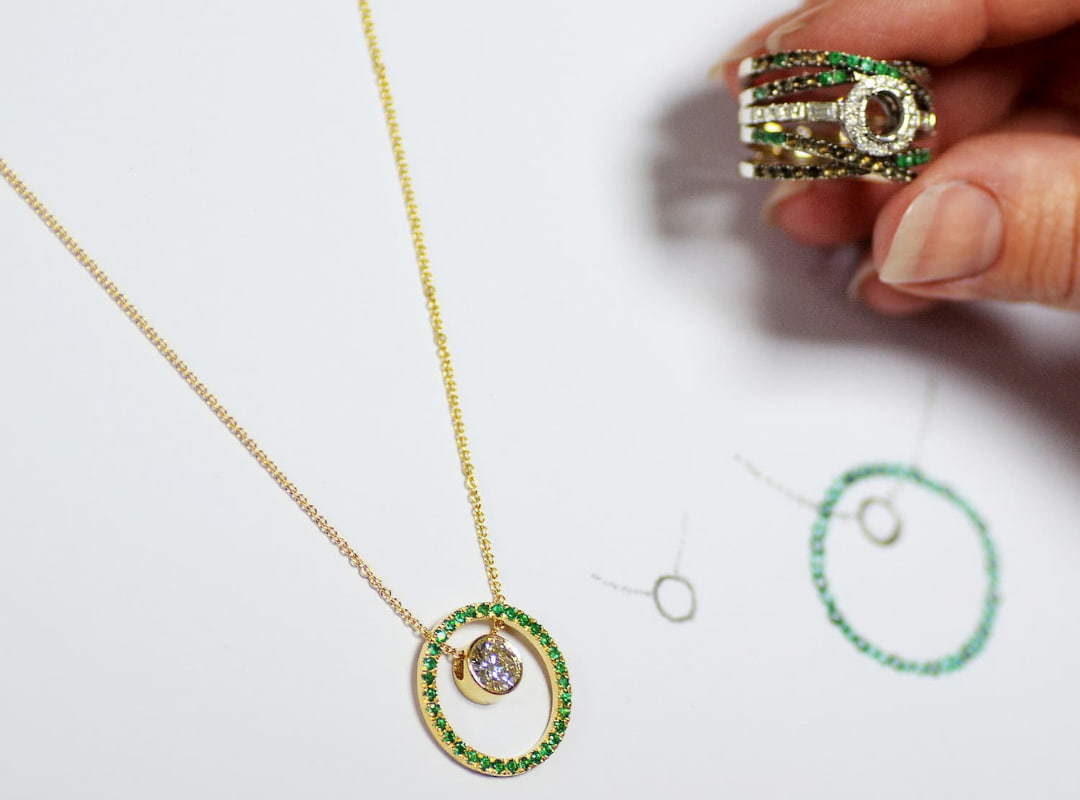
Start with Inspiration
Before you begin the process, you should gather inspiration for the piece you are trying to create. You should consider the following:
Your personal style: Do you prefer minimalist, classic, vintage, or contemporary designs
Occasion: Is the piece for an engagement, anniversary, or a personal milestone
Symbolism: Would you like to include elements that hold particular meaning, like birthstones or initials
Material preferences: What precious metal do you or the person you’re buying for typically wear, yellow, white or rose gold for example.
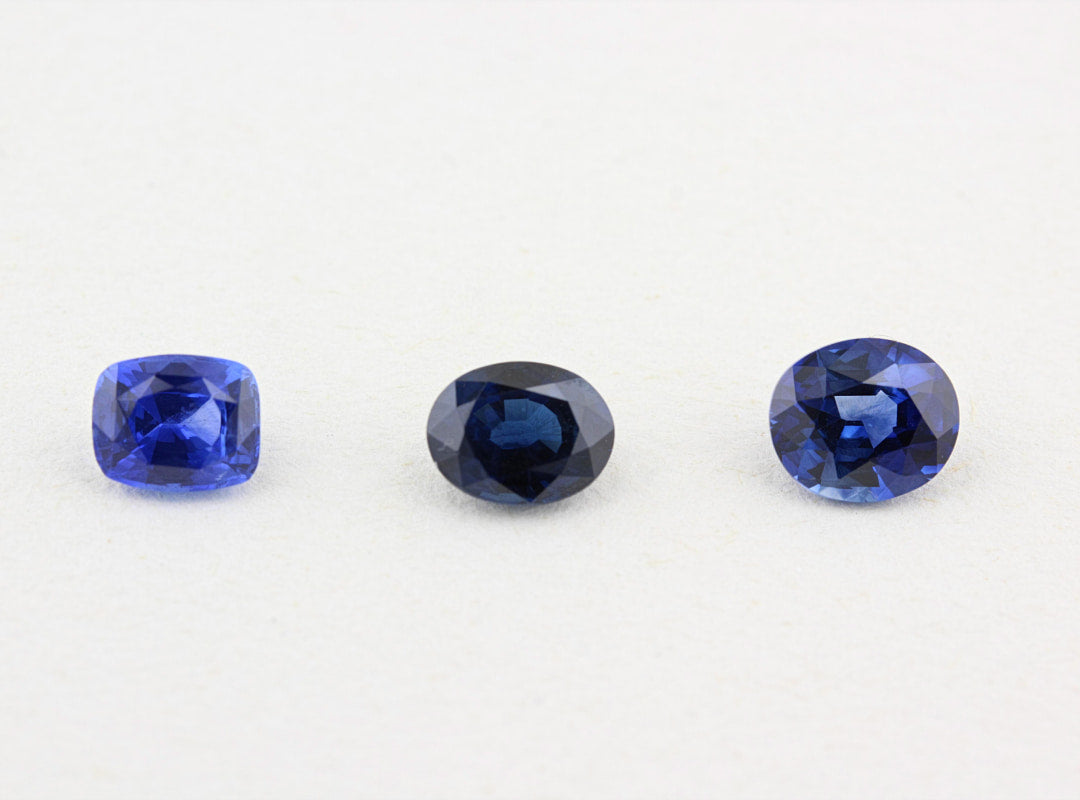
Choose the Right Jeweller
Finding the right jewellers is key to bringing your vision to life. Here’s what to look for:
Experience: Finding an experienced jeweller is vital to being able to create your piece to the highest quality
Collaboration: A good jeweller will take time to understand your vision, guide you through the process, and suggest practical adjustment.
Reputation: Check their reviews and see what previous customers say about their experiences.
Once you’ve found your jeweller, establish clear communication regarding the timeline, budget, and design.
The Design Process
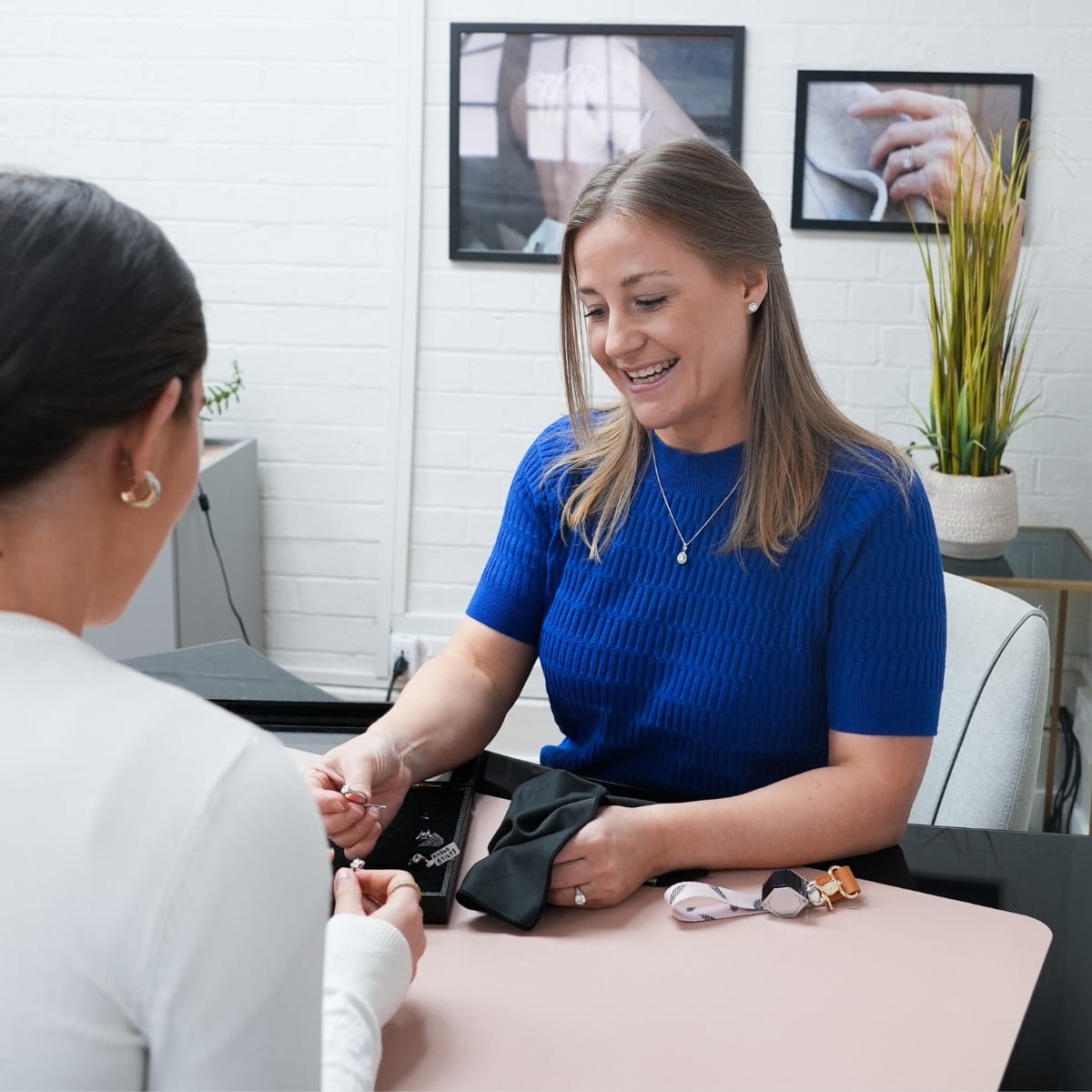
Step One
Initial Consultation
This is when you sit down with the designer to discuss your ideas. Show your inspiration, share your story, outline your budget and discuss what you want the final item to be.

Step Two
Material Selection
The next step is choosing the right materials, such as what precious metal to use and if the piece includes gemstones, the jeweller usually sources a selection for the client to be able to choose from.
This might involve viewing a variety of precious gems, each chosen for its cut, colour, clarity, and carat weight.
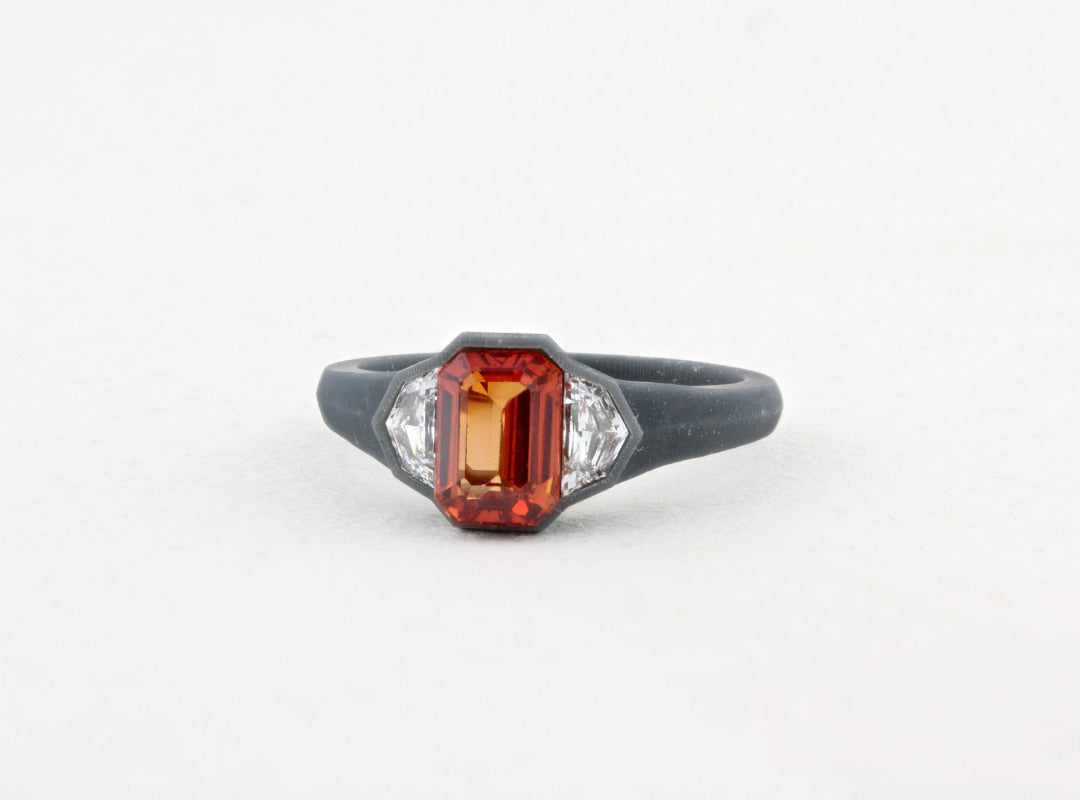
Step Three
Design Development
Once the vision is clear, the jeweller begins creating CADs that bring the client’s vision to life. It’s a collaborative process, with the client providing feedback to refine the design until it perfectly aligns with their expectations.
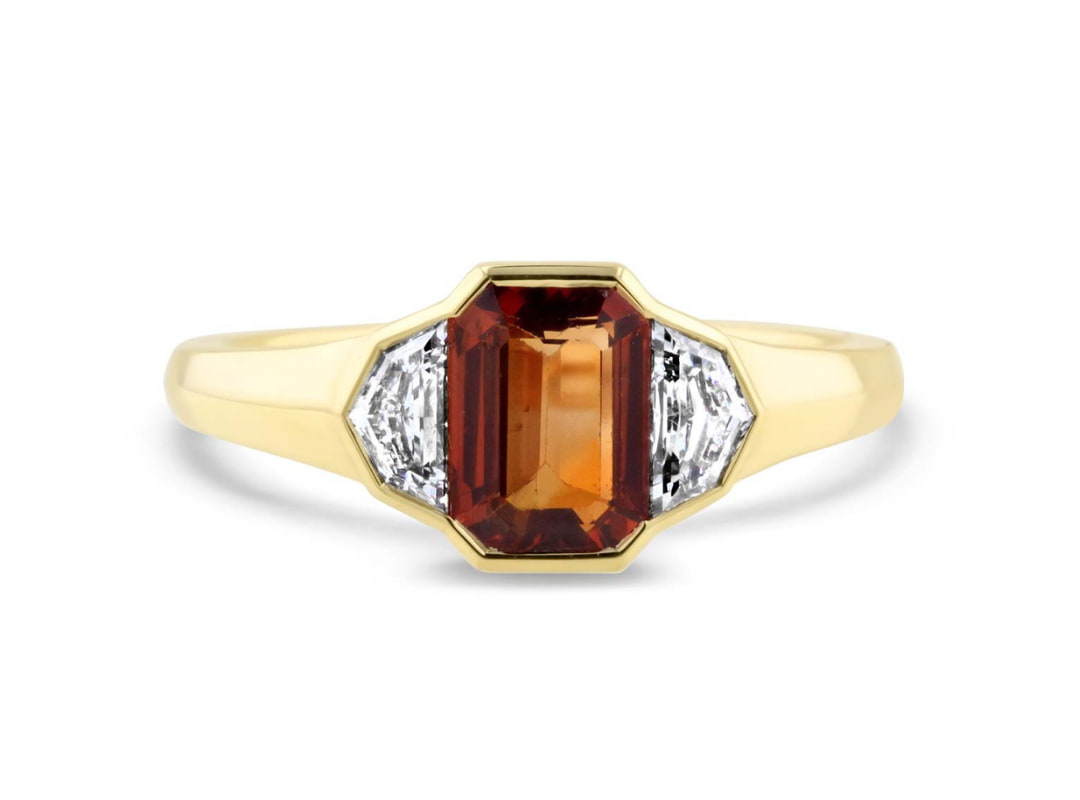
Step Four
Final Design
Once all changes are made, you’ll sign off on the final design. It is important to note that at this stage, any modifications become difficult or expensive to implement, so make sure every detail aligns with your vision before you give the final sign off.
Bringing the Design to Life
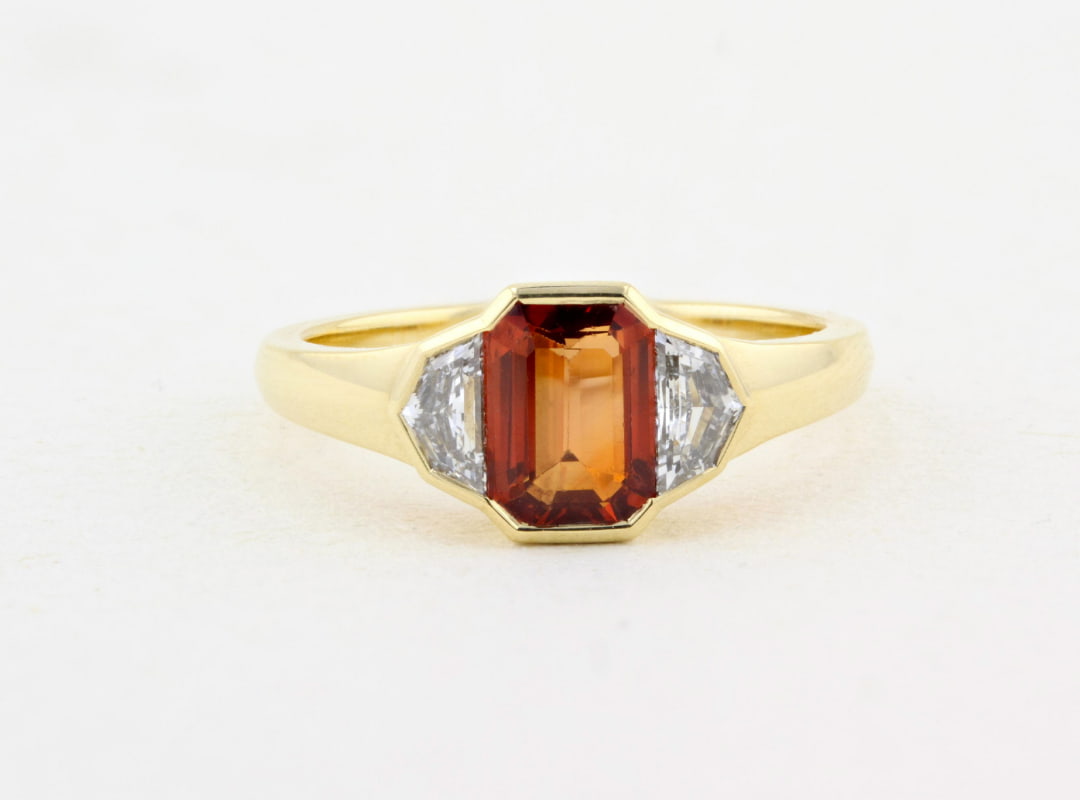
Crafting the Piece
With the design finalised, the jeweller begins crafting the piece, a process that can take several weeks, depending on its complexity.
Traditional techniques are blended with modern technology for precision. The metal is shaped, gemstones securely set, and fine details or engravings added.
Finally, the piece is polished to a brilliant shine and presented to the customer.
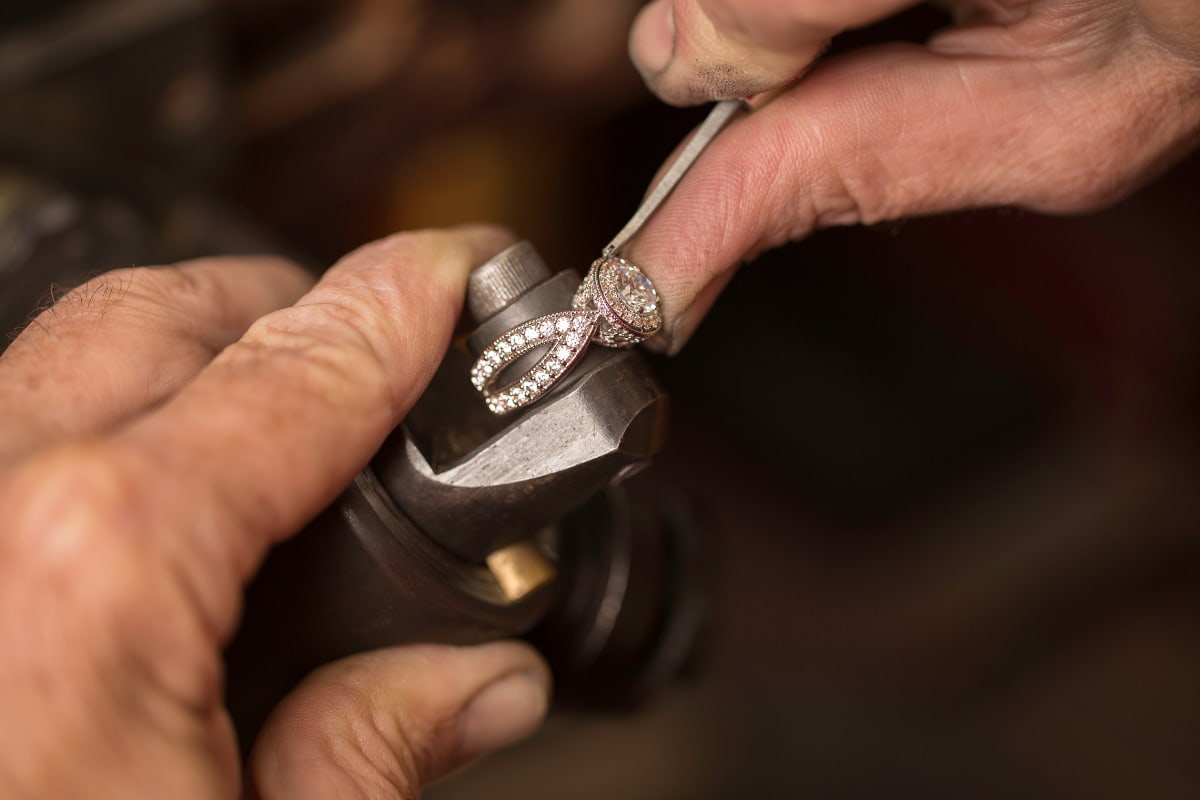
The Craftsmanship
Bespoke jewellery is meticulously crafted by hand or using advanced technologies, each step requires exceptional skill.
This phase can take several weeks, depending on the complexity of the design and availability of materials. Your jeweller should give you an estimated timeframe before work begins.
Your Bespoke Jewellery

Budgeting for Your Bespoke Piece
Bespoke jewellery can vary significantly in price, depending on the materials, complexity of design, and the jeweller’s experience. Be transparent with your jeweller about your budget from the start, to avoid any misunderstandings.
Many designers are happy to suggest alternative materials or simpler designs where possible, to help you stay within your financial means.

Caring for Your Jewellery
Once your bespoke piece is in your hands, you’ll want to care for it properly to ensure its longevity:
Regular cleaning: Depending on the materials, regular cleaning will help maintain shine and prevent tarnishing.
Professional inspection: Have your jewellery inspected by a professional jeweller once a year to ensure the stones are secure and there’s no damage.
Storage: Keep your piece in a soft-lined jewellery box to avoid scratches or damage from other pieces.
The Legacy of Bespoke Jewellery
Creating a bespoke piece of jewellery is about more than just acquiring a new item, it’s about creating something truly unique and special.
Each step allows you to craft a piece that will hold sentimental value for years to come.
With the right designer, clear communication, and a touch of creativity, you can create something truly extraordinary that reflects your style, story, and significance.

